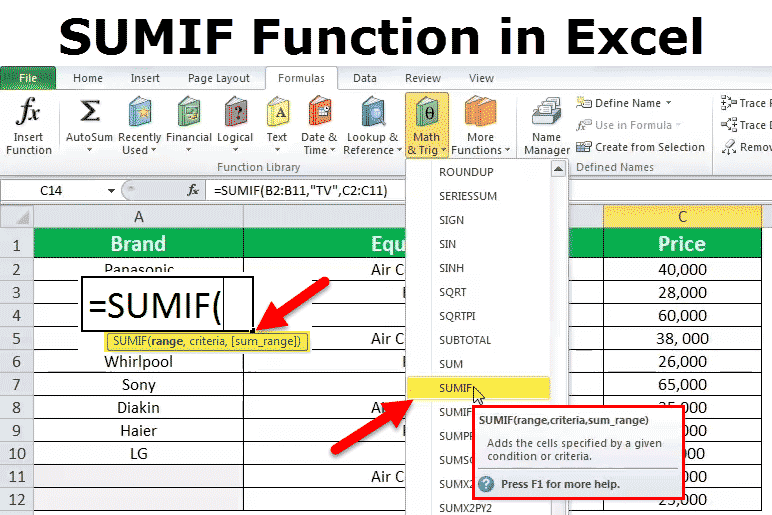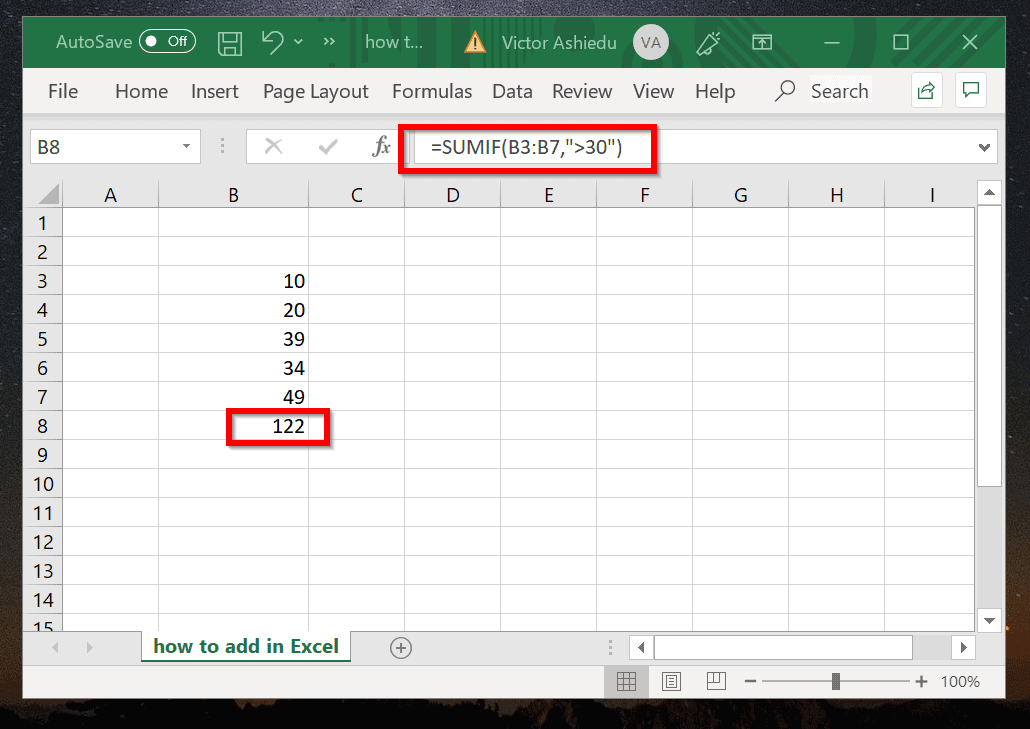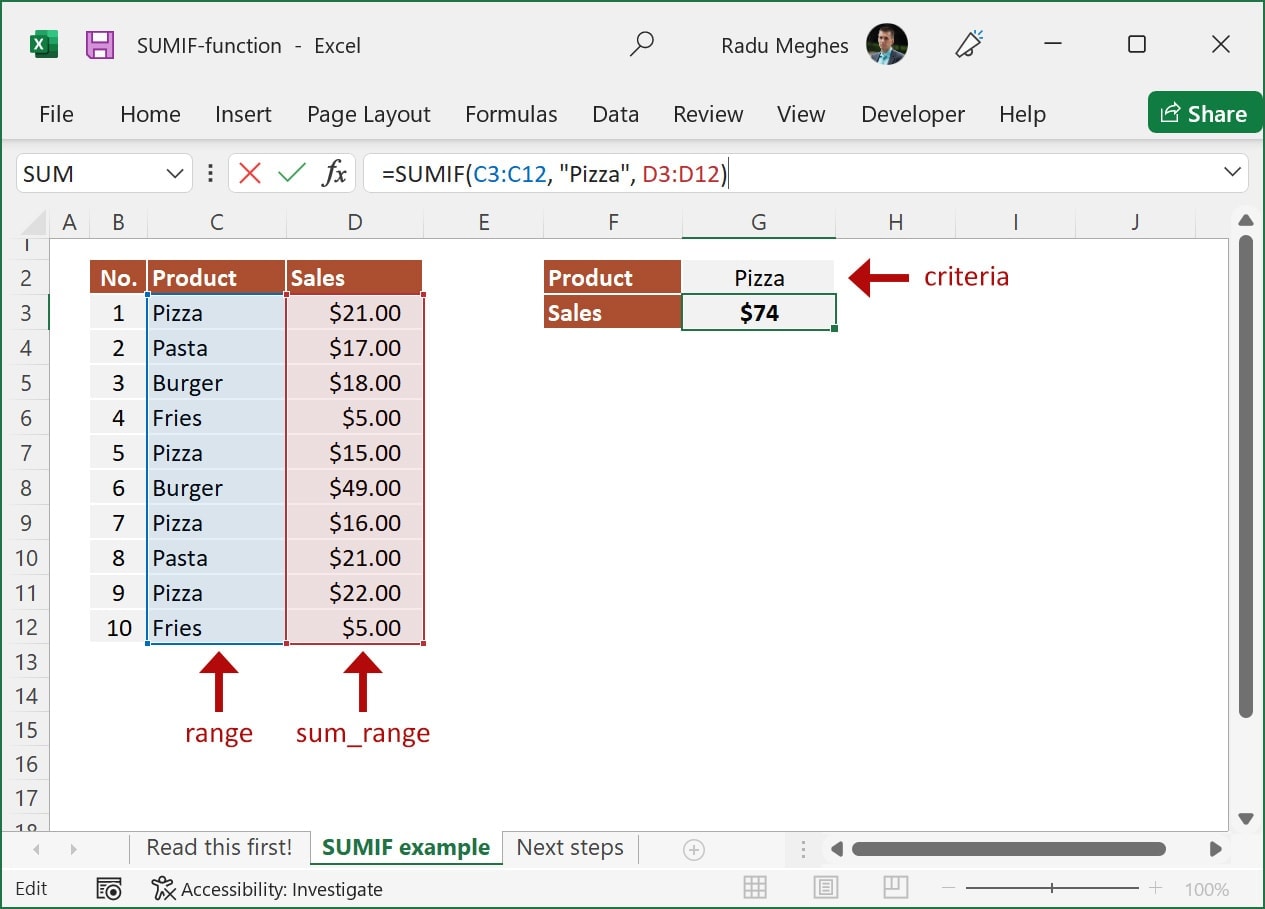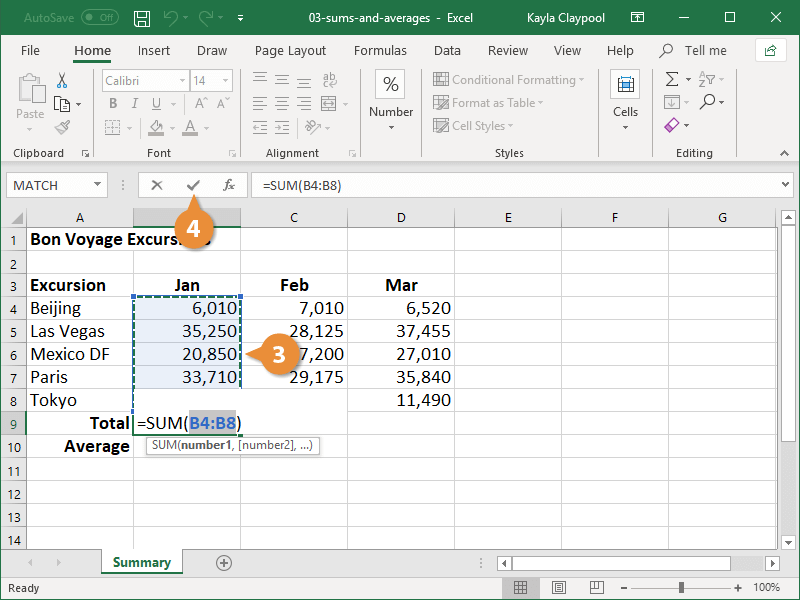How To Find The Sum On Excel
How To Find The Sum On Excel - Find sum of filtered cells with subtotal function. You will find the sum there. In the example shown, the formula in h7 is: Web here’s a formula that uses two cell ranges: =npv(d2,b2:b12) calculate npv in excel using the npv function.
C4:c9 is also the range to sum (the same as the condition range, meaning it sums the values that meet the condition). Ensure that the logical operator. Select and get the sum of the column in status bar. As a consequence, you will get the total sales for selected cells like the following. First, select the cell below the column of numbers (or next to the row of numbers) you want to sum. You’d press enter to get the total of 39787. If you only want to see the sum and you don't want to display it anywhere in your spreadsheet, use this method.
How to Use SUM Function in Excel (With 6 Easy Examples) ExcelDemy
Web to sum a column in excel, you can use the sum function directly. Web one way to sum a column is to use excel's status bar. Get the sum of column based on a criteria. Type the second argument, c2:c3 (or drag to select the cells). “>10” is the condition that selects cells with.
Sum Columns or Rows With Excel's SUM Function
Select the cell where you want the sum of numbers to appear. Ensure you include all the cells whose values you wish to sum. Web in this microsoft excel 2021 training tutorial video, learn how to use the excel sum function. To add values if they meet one criterion, use “=sumif (range, criteria, [sum_range])” where.
How to Find Sum in Excel, Tutorial 4 YouTube
On the home tab, in the editing group, click autosum (or press atl + =). If all of the values are in a column, then just select the column. =sum (a2:a4,c2:c3) sums the numbers in ranges a2:a4 and c2:c3. Sum to end of a column in excel (8 handy methods) 2. Home > autosum, and.
SUMIF in Excel (Formula, Examples) How to Use SUMIF Function?
Type a comma (,) to separate the first argument from the next. To enter the first formula range, which is called an argument (a piece of data the formula needs to run), type a2:a4 (or select cell a2 and drag through cell a6). Web here’s a formula that uses two cell ranges: If all of.
How to Add in Excel (Excel Sum) with Examples
Type =sum in a cell, followed by an opening parenthesis (. For example, select the range b2:f5 below. Web type =sum in a cell, followed by an opening parenthesis (. Type a comma (,) to separate the first argument from the next. Web to sum a column in excel, you can use the sum function.
How to use SUMIF function in Excel Excel Explained
To get specific, the scope of work involves: The second method is to use autosum, an excel feature that automatically adds the sum function with its required arguments to your selected cell. =sumif(c4:c9, >10, c4:c9) c4:c9 is the range where excel checks the condition. Firstly, we will use the following formula in the cell c13:.
Excel SUM Formula CustomGuide
If you only want to see the sum and you don't want to display it anywhere in your spreadsheet, use this method. C4:c9 is also the range to sum (the same as the condition range, meaning it sums the values that meet the condition). Hit enter to get the npv value in e2. = sum.
How To Use Excel SUM Function Earn & Excel
To add values if they meet one criterion, use “=sumif (range, criteria, [sum_range])” where sum_range is optional. You will find the sum there. If all of the values are in a column, then just select the column. Cut the above process short. The sum function returns the sum of values supplied. Select and get the.
Sum Total Every Date Without Repetition Excel Formula YouTube
=sumif(c4:c9, >10, c4:c9) c4:c9 is the range where excel checks the condition. Apply the following formula to calculate the sum of an entire column. Web when you sum in excel you use the addition (+) operator for a range of cells in one column, multiple columns, or rows. Now, in the destination cell, which is.
Sum Columns or Rows With Excel's SUM Function
Get the sum of column based on a criteria. Web in this microsoft excel 2021 training tutorial video, learn how to use the excel sum function. Select the range of cells you want to calculate the sum of. A sum formula will appear in the active cell with a reference to the numeric cells immediately.
How To Find The Sum On Excel Apply the following formula to calculate the sum of an entire column. =sum (a2:a10, c2:c10) adds the values in cells a2:10, as well as cells c2:c10. Once you create a formula, you can copy it to other cells instead of typing it over and over. Begin by highlighting the cells you want to total. Convert tabular data to excel table to get the sum of column.
Ensure That The Logical Operator.
Type a comma (,) to separate the first argument from the next. =sum(c8:c12) here, c8:c12 are the ranges of selected cells for different months, and the sum will be calculated based on these ranges. This method can be useful for adding an entire column or row of values without scrolling to the first cell in the range. Convert tabular data to excel table to get the sum of column.
As A Consequence, You Will Get The Total Sales For Selected Cells Like The Following.
Get the sum of column based on a criteria. “>10” is the condition that selects cells with values greater than 10. First, select the cell below the column of numbers (or next to the row of numbers) you want to sum. Select the cells to sum.
Here, We Select Column B And Look At The Excel Status Bar.
Web type =sum in a cell, followed by an opening parenthesis (. Please hit the like button, share this video. Web to sum a column of numbers, select the cell immediately below the last number in the column. Click on the first cell in your range and drag down or across to the last cell.
Type The Second Argument, C2:C3 (Or Drag To Select The Cells).
To enter the first formula range, which is called an argument (a piece of data the formula needs to run), type a2:a4 (or select cell a2 and drag through cell a6). Type =sum in a cell, followed by an opening parenthesis (. Ensure you include all the cells whose values you wish to sum. Now, in the destination cell, which is e2 in the current exercise, enter the following formula:

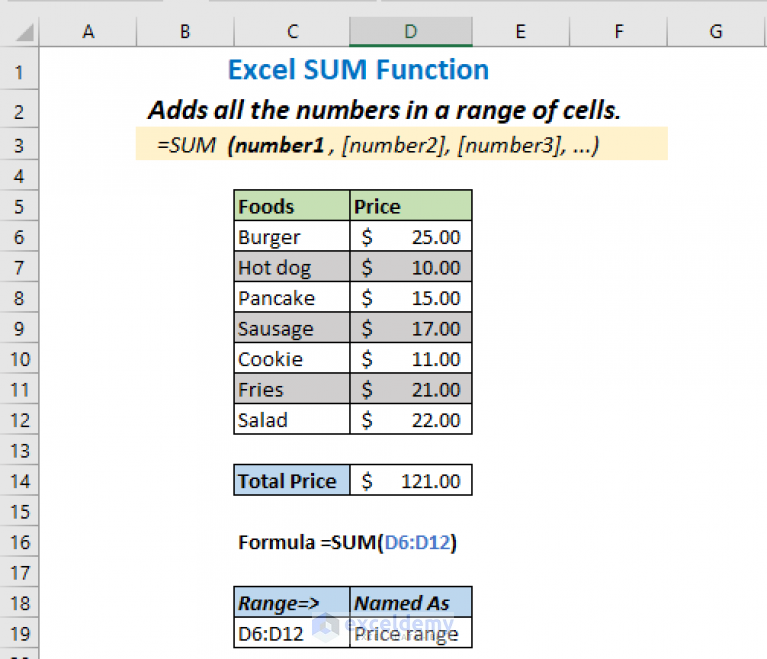
:max_bytes(150000):strip_icc()/excel-sum-function-autosum-56a8f86e5f9b58b7d0f6d2dd.jpg)

